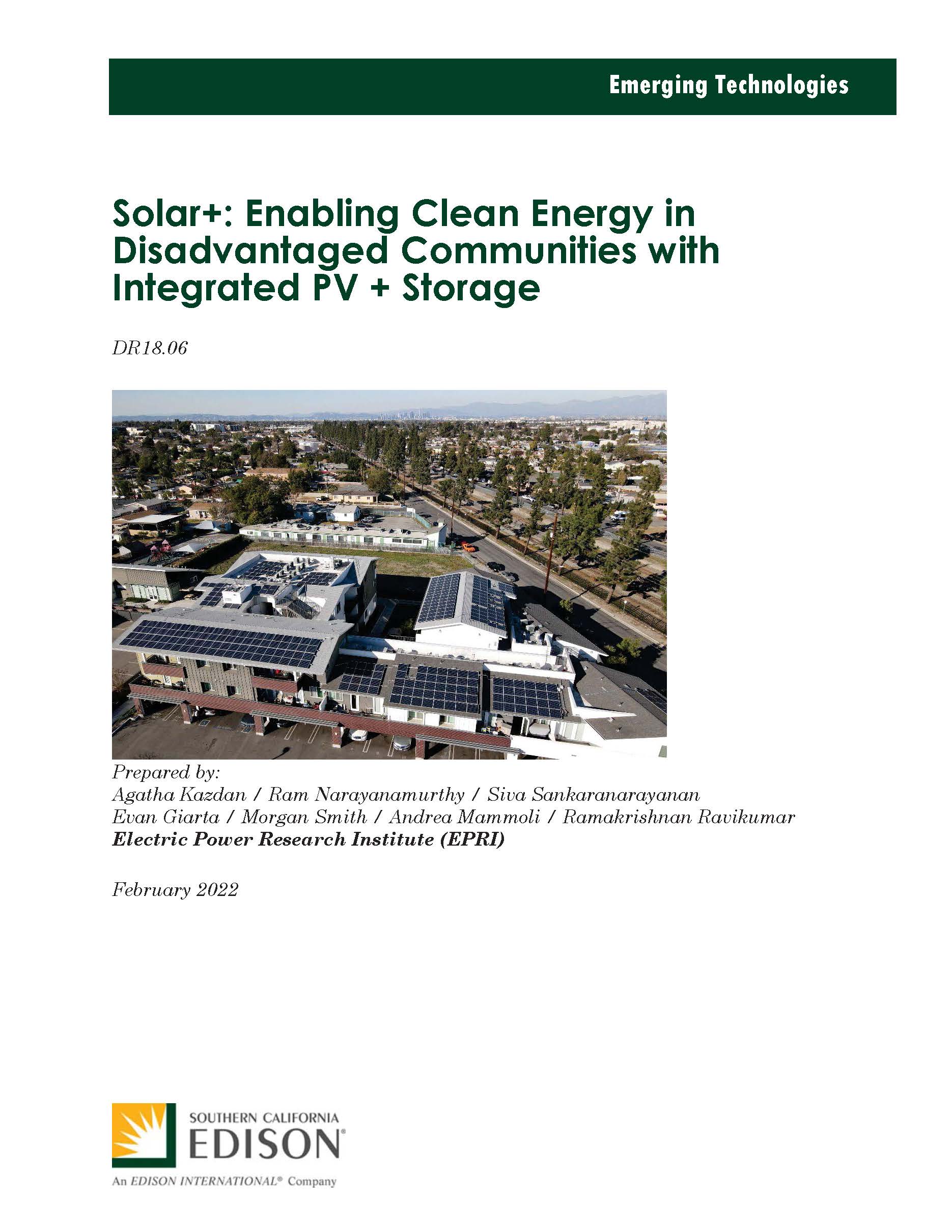Project Info
COMPLETE
 Project Title
Project Title
 Project Title
Project Title
Refrigeration Battery
Project Number DR17.05 Organization SCE End-use Process Loads Sector Commercial Project Year(s) 2017 - 2021Description
This technology provides permanent load shifting (PLS) for commercial refrigeration systems, similar to the HVAC thermal energy storage systems that are used for PLS at many facilities with central plants. kW Engineering will provide measurement and verification services at one Stater Brothers store in San Diego in order to help SDG&E evaluate Axiom’s specific performance claims. We will deliver a technology assessment report that will quantify Axiom’s specific claims to permanently offset peak load with little to no impact to the refrigerated material. Additionally, kW will assess the annual energy savings (or penalty) associated with Axiom’s technology.
Project Report Document
Loading PDF Preview...
